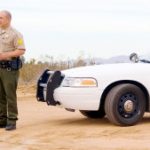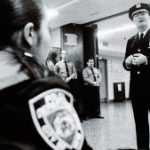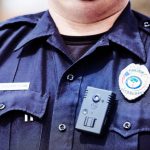Bike Sonar Is Helping Police Catch Drivers Who Squeeze Cyclists
The three-foot rule used to be impossible to enforce. But now your bike can enforce it for you.
Florida handed out around 500 tickets last year to drivers who veered too close to cyclists when passing. But only eight drivers were actually found guilty.
Like 26 other states, Florida has a law requiring cars to give bikes at least a three-foot gap of space. The problem is that it’s fairly impossible for a cop to judge exactly how far away a driver is and issue a ticket (or win a case if they do). So a new gadget uses sonar to measure.
With the device attached to a handlebar, a bike cop gets a ping if a driver gets inside the three-foot zone. One of the inventors compares it to a radar gun that an officer would use to see if someone’s speeding. “I think it’s a fine enough line that you really do need some technological proof,” says Christopher Stanton, co-founder of Codaxus, the Austin-based engineering firm that created C3FT (the name spells out “see three feet”).
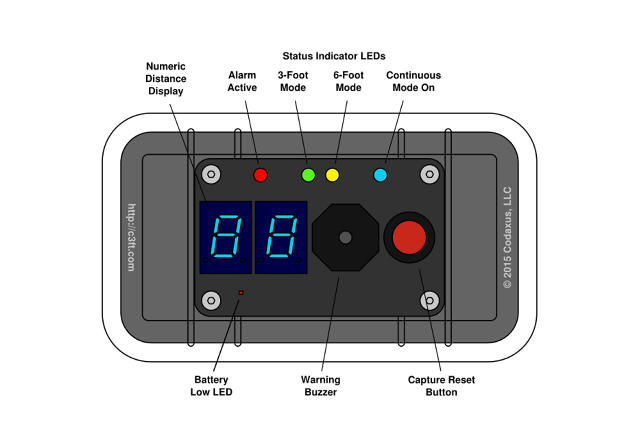
The engineers first started working on the project after realizing that officers in Austin were struggling to enforce the three-foot law in Texas. They also wanted to collect statistics on how many drivers were obeying the new law.
“If you have a thousand cars drive by you a yard away, and one car drive by at two feet, the only thing you go home and talk about is that one person who nudged you,” Stanton says. “So we wanted to have that actual statistic about the real driver behavior profile.”
They built a working prototype. Then, when an Austin police officer named happened to move to Chattanooga, Tennessee, to become chief of police, they had their first customer. The head of the local bike patrol, Robert Simmons, had been looking for something like this for years.
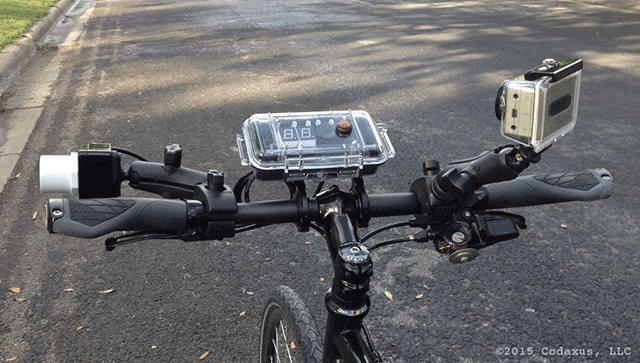
“Officer Simmons is just a guy with a bunch of drive and ambition,” says Mark Przybysz of Friends of Outdoor Chattanooga, a nonprofit that does bike advocacy work in the city. “He had a friend get hit back in ’09 and since then wondered what he could do. He called multiple police departments around the country and everyone said it was impossible, but he kept digging.” When he finally learned of the new gadget, the Chattanooga police department didn’t have the budget for a prototype, but Friends of Outdoor Chattanooga was able to sponsor it.
Now, Simmons rides around Chattanooga in tandem with another officer in a car, calling ahead if he gets a hit (or, if he’s in the downtown area where there are plenty of stop lights, he’ll chase down the driver himself). Most drivers get warnings—and most say they didn’t know the law existed. For those who seem resistant to the idea of giving space, Simmons can issue a ticket that will lead to a Bicycling 101 course. It includes taking drivers on a bike ride through the city, so they can experience what it’s actually like to avoid cars.
Eventually, the device could also be used to help urban planners better understand how safe new bike lanes are, or where roads should be changed. For now, Chattanooga is the first to pioneer the gadget, and the focus is on education.
“Most people doing close passes, I don’t believe they’re doing it intentionally,” says Stanton. “I think a main component of this is education. Regardless of how many of these we sell, the return on investment from an education standpoint has already been unbelievable. You’re covering this. And now all of these readers who maybe didn’t know this law existed will now know it exists.”
Fast Company , Read Full Story
(97)






